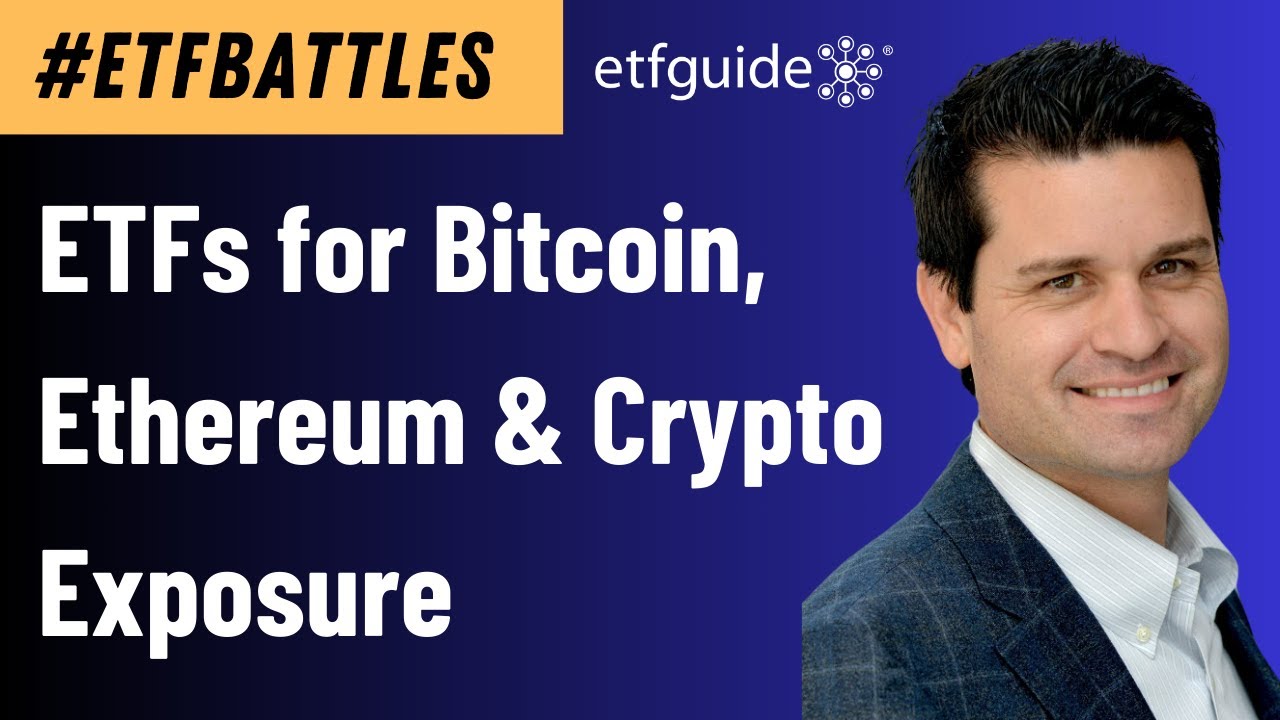Among the greatest breakthroughs that exchange-traded funds (ETFs) have made is giving people complete control of their investment decisions.
On one hand, a person may want to obtain very broad and diversified exposure using just one ETF, that may hold thousands of securities. To replicate that type of portfolio security by security would be both time consuming and cost prohibitive. So the ETF offers instant diversification in just one ticker symbol and just one trade.
(Audio) Preparing for the Next Market Correction
Of course, not all ETFs are necessarily broad and diversified. Many funds, for instance, have deliberately small portfolios with just a handful of securities that are narrowly focused on one narrow segment of the market. For example, the Technology Select Sector SPDR ETF (NYSEARCA:XLK) holds just technology stocks within the S&P 500. Here’s what it means: For an investor who wants precise and focused market exposure to just technology stocks, XLK is definitely a suitable choice.
Investing Overseas
For international investors, customizing market exposure is a crucial undertaking. The prudent investor, for example, may want to deliberately avoid certain countries or regions because of geopolitical uncertainty, lack of economic growth, or other pertinent reasons. As a result, a broadly diversified international stock or bond ETF may not be the right choice. What might be a better alternative?
Single country ETFs offer exposure to securities according to the country where those securities are listed for trading. For example, the iShares MSCI Chile Capped ETF (NYSEARCA:ECH) holds a small basket of 32 stocks from the South American country of Chile. Deciding to own ECH would allow an investor to have some exposure to South America, while avoiding other countries in the region that may be less desirable from an investment angle.
The main idea behind single country ETFs is to give investors precise concentrated portfolio exposure. Of course, the trade-off for this precision is higher volatility and the risk that concentrated market exposure may not pay off.
Another Tool
The ability to leverage market exposure or even go short is another benefit. If the investment thesis about Russia’s equity market is extremely bearish, then a leveraged bear fund like the Direxion Daily Russia Bear 3x ETF (NYSEARCA:RUSS). If Russian stocks fall 1% on any given day, RUSS by design, should be ahead by 3%. Why? Because it aims for triple (300%) daily opposite exposure.
The advantage of pairing single country indexes with ETFs is that investors can express their financial viewpoints (bullish or bearish) and put money behind those trades.
Placement
There’s a time and place for all things and your investments are no different. For single country ETFs, their time and place is within the context of a person’s non-core investment portfolio. What does this mean?
Remember: The non-core portfolio is always much smaller in size compared to a person’s core portfolio. Also, the non-core is allowed to make concentrated investment bets that are either long, short, or use leverage. It’s within this disciplined framework where single country ETFs – if you’re going to invest in them – are best utilized.



